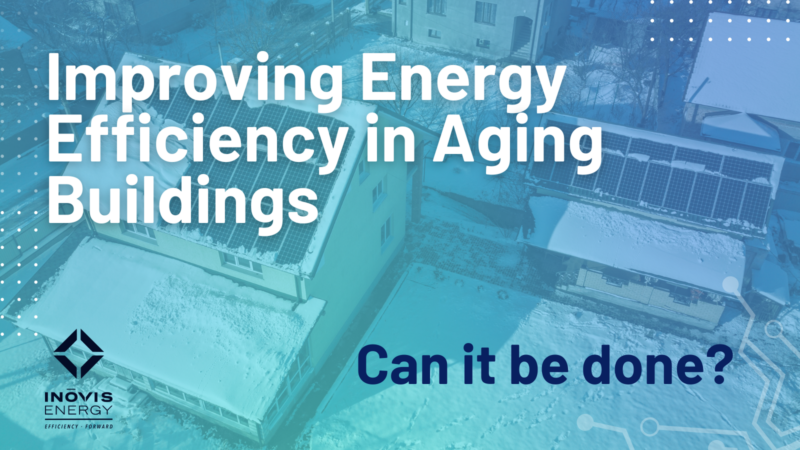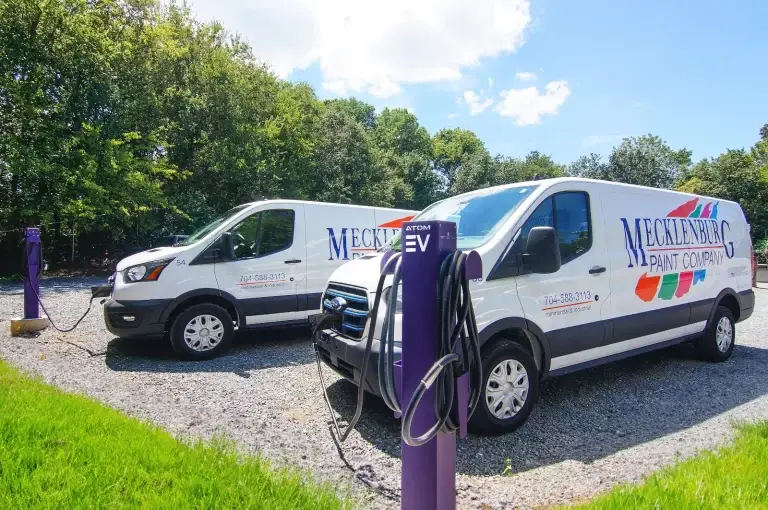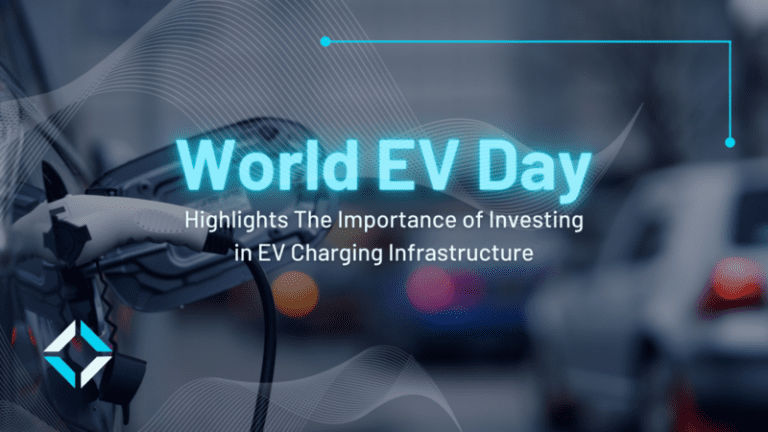Outside of labor, the costliest expense for most organizations boils down to real estate. From college campuses to healthcare facilities, factories to airports, buildings are integral to success in so many industries. A building is a capital investment—one that requires continued reinvestment to ensure performance as it ages. Often, that means making energy efficiency improvements that turn Capital Expenditure (CAPEX) into bottom-line savings.
Improving the energy efficiency in aging buildings isn’t a small task. Even buildings constructed a decade ago no longer meet some of the efficiency requirements mandated by the DOE, ANSI, ASHRAE, IES, and other organizations. Committing CAPEX to improve efficiency often means bringing these buildings up to current standards (and beyond). The question on the mind of many building owners is a simple one: how?
Achieving a future-proof standard for energy efficiency is possible. Here’s a look at some of the ways commercial building owners are doing it and why it makes sense to implement these improvements in aging buildings.
Efficient lighting systems
LED and smart lighting systems are arguably the simplest, most cost-productive way to improve a building’s energy efficiency. In “always-on” facilities, in particular, lighting is a fundamental component in daily power draw and the costs that come with it. As energy costs continue to rise, lighting stands as a significant expense for many companies.
Consider, for example, the tremendous opportunity for savings in an LED retrofit. LED bulbs (lamps) are significantly more efficient than their traditional high-intensity discharge (HID), incandescent, and halogen counterparts.
Compare the average lifespan of 10,000 hours in traditional lighting against LED lamps rated for up to 100,000 hours! This 10x efficiency improvement means not only lower lighting upkeep costs but also monthly efficiency savings. While a building’s existing lamps may only cost pennies per minute of wattage, LED lamps operate for fractions of pennies that add up to tremendous savings annually. Pair an LED retrofit with smart lighting technologies that on/off/dim accordingly, and the floor for energy savings becomes even higher.
Compounding these savings even further, LED lamps also use a fraction of the wattage to produce equal (or greater) lighting output. Moreover, the lumen depreciation (light loss over time) of LEDs is far less than older technology—meaning light levels stay consistent for longer. As a result, retrofit lamps continue to pay for themselves for decades.
Smaller buildings, in particular, have more incentive to consider energy-efficient lighting upgrades. Many utilities and government programs subsidize the cost of evaluating antiquated lighting—and some even help to cover the cost of conversion. Tapping into low-to-no-cost programs means businesses can benefit from efficiency upgrades with few barriers to bottom-line savings.
HVAC efficiency improvements
Heating, ventilation, and air conditioning costs can be significant, depending on where a building is located. Harsh summers and inclement winters push the daily demands of HVAC systems even higher, equating to significant operating costs for months at a time.
Modern HVAC efficiency improvements can help reduce not only the monthly operational cost of commercial stacks but also improve the air quality circulated throughout the building. Chiller improvements and free cooling both lower the electrical demands of commercial HVAC units during the summer months. Meanwhile, variable frequency drives (VFDs) and demand control ventilation (DCV) can improve forced air efficiency throughout the year—particularly during frigid winters.
For even more energy-efficient opportunities, commercial building managers can turn to smart thermostats and Building Automation Systems (BAS). Combined with sensors and beacons, it becomes possible to define HVAC operational thresholds and refine the efficiency of heating and cooling.
Intelligent building solutions
A recurring theme in many efficiency-focused strategies is the inclusion of the Internet of Things (IoT)—specifically, sensors and control systems. These technologies open the door for not only automation but also optimization. Even commercial building owners who opt not to make CAPEX mechanical improvements can attain a higher standard of efficiency by optimizing the equipment they have.
Most buildings established within the past decade are prime targets for IoT upgrades. They have the electrical systems necessary to support sensors, beacons, and control systems, as well as retrofits to lighting and HVAC systems. This includes light/day sensors, occupancy sensors, and energy management systems—all of which generate data to better control energy-intensive systems like lighting and HVAC.
The beauty of intelligent building solutions is that they’re scalable. In building out the framework for an automated learning system, building managers can continue to add technologies that further improve efficiency. Today, occupancy sensors to control lighting; tomorrow, daylight harvesting to mitigate lighting costs. Best of all, IoT solutions tend to come with an upfront cost that quickly pays for itself, with low-to-no cost requirements after the initial investment.
ESG and renewable technologies
More and more, commercial building owners are finding themselves tasked with making sustainable improvements that tie into ESG initiatives. Environmental, Social, and Governance (ESG) standards show a company’s commitment to these three pillars of responsible operation. As businesses seek to become stewards of ESG, they’re looking inward to improve. Operational sustainability has quickly emerged as the best way to address environmental concerns.
Companies and commercial building owners working to meet ESG standards are embracing renewable tech in a big way. From the smart systems mentioned above to architectural innovations like green roofing to programs like carbon offset crediting—emphasis on renewable solutions provides a foothold into long-term sustainability. These programs tend to focus on solar- and wind-backed initiatives and encompass elements like battery storage or clean energy chargebacks to the power grid.
Choosing to rely on clean energy and net-positive environmental solutions helps companies make good on ESG promises today, tomorrow, and for as long as a building stands. This also means being able to take advantage of rebates, incentives, accreditations, and more that are generally reserved for companies demonstrating stewardship in sustainability.
Aging Facilities Bring Increased Opportunities for Energy Savings
The decision to invest in energy efficiency upgrades for aging buildings begins with a commitment to sustainability. Facility managers and building owners need to see energy-efficient upgrades for what they are: reinvestment in the building that lowers operational costs while improving the quality of life, productivity, and comfort of those within it. Does your building meet current efficiency standards? Has the time come to modernize, but you’re not sure where to get the most bang for your buck in efficiency improvements? Reach out to the experts at Inovis Energy today for a zero-cost energy audit! Let us help you better understand the energy costs of your building and how you could reduce them by up to 70% annually.




